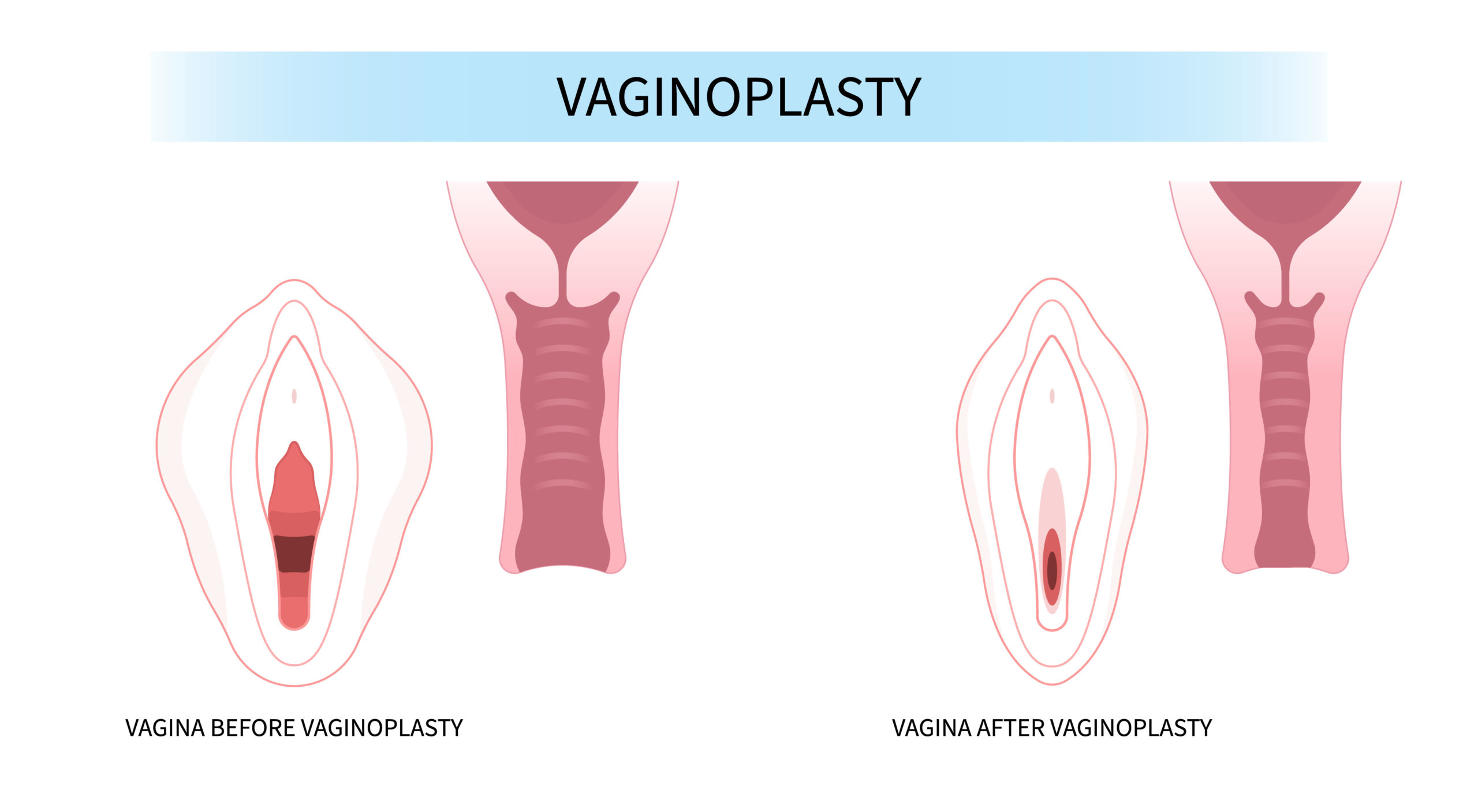
CERVICAL CANCER

Introduction
Cervical cancer is one of the commonest causes of cancer-related deaths amongst women in developing countries. Every year in India, 122,844 women are diagnosed with Cervical cancer and about half of them die due to this fatal disease. Worldwide, Cervical cancer accounts for 500,000 new cases every year and India contributes nearly 25%.
Who are prone to Cervical cancer?
The median age of diagnosis for women is 48 years, and the majority of cases are diagnosed between 35 and 55 years when women are in the prime of their lives.
What causes Cervical cancer?
Long-term use of hormonal contraceptives, high parity, early initiation of sexual activity, multiple sex partners, tobacco smoking and co-infection with HIV, immunosuppression, low socio-economic status, poor hygiene and diet low in antioxidants increase the likelihood of developing Cervical cancer
There is a firm establishment of a causal relationship between persistent infection with high-risk Human PapillomaVirus (HPV) genotypes and Cervical cancer.
HPV infection occurs in a high percentage of sexually active women. Most of these infections clear spontaneously within months to a few years, a small proportion of persistent infection will progress to cancer.
Symptoms
The first symptom is abnormal vaginal bleeding, usually postcoital. Vaginal discomfort, malodorous discharge, and dysuria are common symptoms.
The tumor grows by extending upward to the endometrial cavity, downward to the vagina, and laterally to the pelvic wall, who can then present with constipation, hematuria, vaginal fistula.
How can it be prevented?
Primary prevention involves intervention for sexual and health care-seeking behavior or through mass immunization against high-risk HPV.
The objective of Cervical screening/secondary prevention is to prevent invasive Cervical cancer from developing by detecting and treating women with precancerous lesions, and the effectiveness is determined by reduction in incidence and mortality.
What is screening and how is it done in Cervical cancer patients?
There are 2 types of tests used for Cervical cancer screening.
The PAP test can find early cell changes and treat them before they become cancer. The Pap test can also find cervical cancer early when it's easier to treat.
The HPV (Human Papilloma Virus) test finds certain infections that can lead to cell changes and cancer. HPV infections are very common.
American Cancer Society recommends all women should begin Cervical cancer screening at the age of 21 years. Women between 21 and 29 years should have a PAP test every 3 years. Women between the age of 30 and 65 should have both a PAP test and an HPV test every 5 years or a Pap test alone every 3 years.
Women over age 65 who have had regular and normal results should not be screened. Women who have been diagnosed with Cervical pre-cancer should continue to be screened.
Women post hysterectomy who have their cervix removed need not to be screened.
Women who have had the HPV vaccine should still follow the screening recommendations for their age group.
Cervical cancer vaccination
Two vaccines licensed globally are available in India; a quadrivalent vaccine (Gardasil ) and a bivalent vaccine (Cervarix )
The recommended age for initiation of vaccination is 9 12 years. A total of three doses at 0, 2 and 6 months are recommended with Gardasil or 0, 1 and 6 months with Cervarix .
Treatment
The treatment of Cervical cancer varies with the stage of the disease. For early invasive cancer, surgery is the treatment of choice. In more advanced cases, radiation combined with chemotherapy is the current standard of care.Related Blogs

Understanding Different Types of Vaginal Birth Delivery
Read More
How to Treat and Prevent Brown Discharge
Read More
Endometriosis Understanding, Diagnosing, and Managing the Condition
Read More
Emotional Support During IVF Treatment
Read More
Understanding Gestational Diabetes: Insights from Dr Shruthi Kalagara
Read More
Urinary Tract Infection (UTI) in Pregnancy
Read More
Early Pregnancy Care for New Pregnant Women: Expert Advice | Motherhood Hospitals
Read More
Body Positivity Tips Post C Section (Cesarean Delivery)
Read More
Vaginoplasty: Procedure, Cost, Risks & Benefits, Recovery
Read More
The Digital Dilemma: Exploring the Medical Implications of Technology on Child Development
Read MoreRequest A Call Back
Leave a Comment:
View Comments
Previous
Next
HELLO,
Stay update don our latest packages, offer, news, new launches, and more. Enter your email to subscribe to our news letter


 Toll Free Number
Toll Free Number








No comment yet, add your voice below!